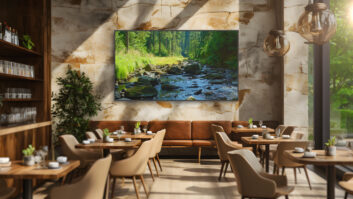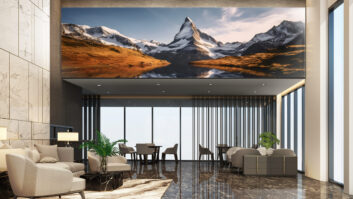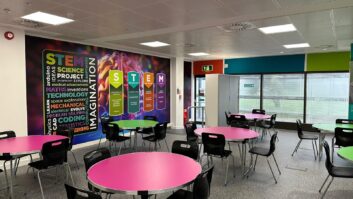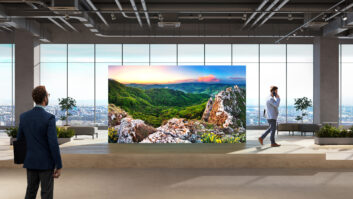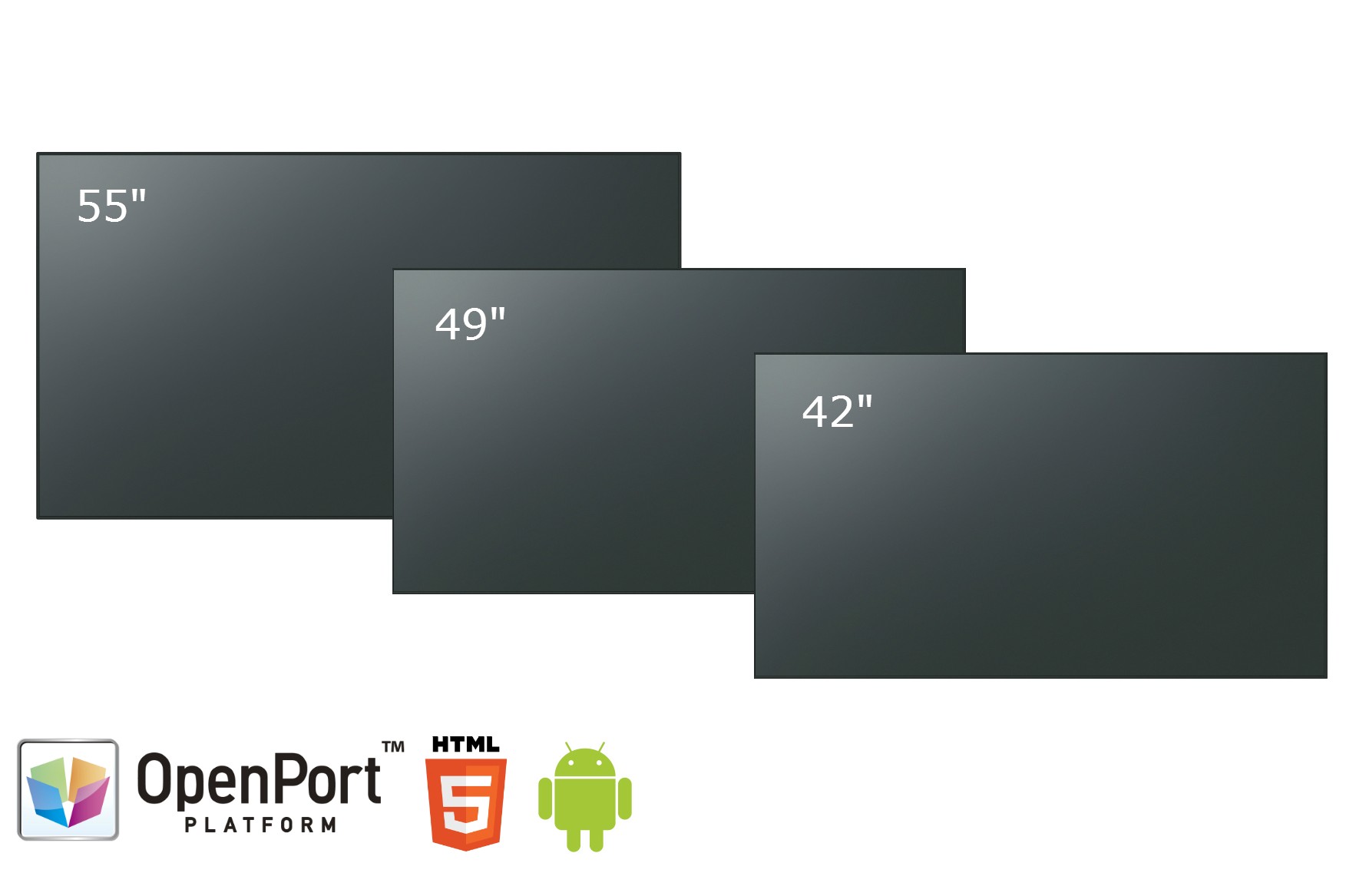
Panasonic has launched the AF1 Series of System on Chip (SoC) displays, including TH-55AF1, TH-49AF1, and TH-42AF1 models, available from April 2016.
The AF1 Series features an Android and HTML5-based OpenPort Platform and is equipped with a 1GHz quad-core processor, 1Gb of RAM, and 8Gb of internal storage. It substitutes external ‘Wintel’ systems, which also require cabling, additional mounts and installation.
An inbuilt media player and WiFi capability also reduce cabling complexity and eliminate the need for an external player device if simple playback of videos and photos is required.
The display’s open API allows users to control the displays through third party software running on the open port platform.
“We are very excited that Panasonic and its OpenPort Platform are returning to the digital signage market,” said Robert Duchac, partner development manager at Grassfish. “The underlying Android technology allows for an easy integration of Grassfish’s professional CMS Software offering a huge list of solution possibilities.”
Swedish digital signage company DISE commented: “With the OpenPort Platform we’re able to reach new client segments together with Panasonic. The built in platform has been made with digital signage in focus, not the other way round. This platform, together with DISE software, will simplify the process every client has to go through in order to implement their digital signage system.”
Arthur Damen, CMO at Net Display Systems in The Netherlands, said: “We welcome the initiative of Panasonic to develop professional displays featuring an HTML5-based OpenPort Platform. Combined with our PADS4 software, offering guaranteed uninterrupted playback in case of network failures, it’s a perfect match to run digital signage networks on Android.”
German digital signage company Videro, commented: “Videro is very excited to be included in the new AF1 Series eco system. It is now possible with the inclusion of Videro to control an entire digital signage network from the AF1 Series to building-wide LED signs including lighting, audio, and show control using one comprehensive cloud based interface.”

